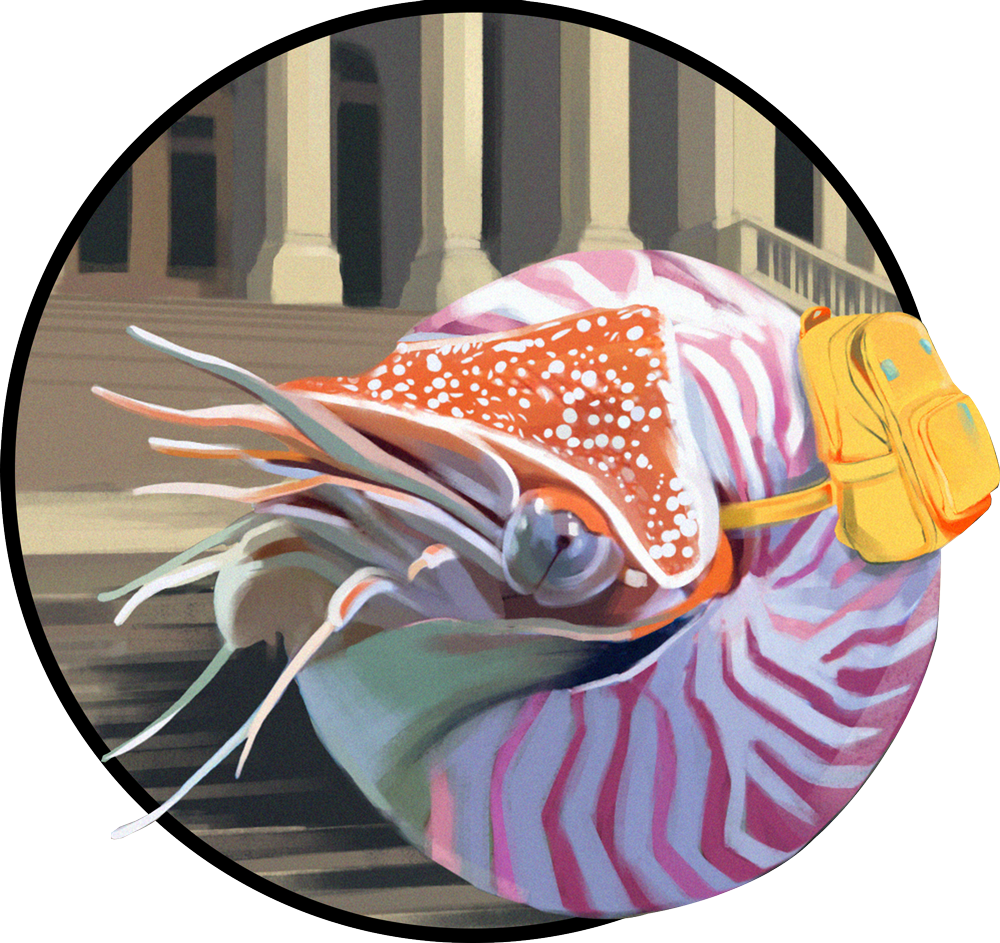Epiphanies tend to strike like lightning bolts—sudden flashes of insight that reshape how a person sees the world or themselves. Ebenezer Scrooge in A Christmas Carol realizing he’s been a miserly lout all his life and ought to spread a little Christmas cheer, or Walter White in Breaking Bad, grasping that he has become the one who frightens others, instead of the frightened one. These a-ha moments tend to be memorable, life-changing, and pregnant with purpose. And they often seem to come out of nowhere, without warning.
But what if we could cultivate epiphanies, rather than waiting for them to arrive unbidden? A team of researchers from St. Louis, Houston, and the Netherlands set out to answer this question, and for help they turned to that exquisite form of escape known as daydreaming—the practice of allowing idle thoughts to flutter through the mind, giving the imagination a break from present reality. Daydreaming has been the subject of intense curiosity and research since at least the time of Freud and is consistently linked with creativity.
“When you daydream, you’re more likely to let go of assumptions—including unhelpful or outdated beliefs about yourself—and to think in flexible and innovative ways,” said Erik Dane, a study author and professor of organizational behavior at Olin Business School at Washington University in St. Louis, in a statement. “And this opens the door to experiencing strong epiphanies.”
Dane and his colleagues were particularly interested in the kinds of epiphanies that relate to career paths, so they drew their study participants from business school students and alumni. First, they conducted a survey of 155 MBA students and alumni from a private university in the United States and found that 63 percent of them had experienced work-related epiphanies over their lifetimes, and that these transformative insights varied in strength.
Next, they held a “legacy workshop” with 149 MBA students from a diverse European business school, asking them to reflect on the legacy they would like to leave. They also asked them to rethink their “self-narratives,” and to let their minds wander. In a third arm of the study, they collected responses from 109 business school students from three different universities—two in Europe and one in North America—who took part in coaching sessions that encouraged reflective daydreaming. In these second and third studies, the team tracked epiphanies in real time, based on self-reports that were validated by expert evaluators.
What they found is that a kind of playful mind wandering sometimes known as “problem-solving daydreaming” is especially good at inducing powerful epiphanies. The researchers defined this problem-solving daydreaming as “imaginatively engaging with [one’s] psychological tensions and focusing steadfastly on resolving them.” They reported their findings in a new paper in the Journal of Management.
“Mind wandering is a particularly useful way to solve problems because it redirects attention away from existing solutions and helps people engage in imaginative thinking, entertaining brand new possibilities,” said Markus Baer, vice dean of executive education at Olin and a professor of organizational behavior, in a statement. “Compared to working on problems in a more deliberate, formal manner, problem-solving daydreaming can be especially freewheeling and playful.”
Not everyone is prone to problem-solving daydreaming, the team found. It takes a particular type of personality: While most people daydream and allow their minds to wander—it is estimated to occupy close to half of most peoples’ waking hours—far fewer people re-engage with their problems during these mental time outs.
The people who do engage in purposeful daydreaming tend to experience higher levels of frustration than most when they reach an impasse over knotty, challenging problems, which drives a real compulsion to solve these problems. Their compulsion outweighs any potential discomfort at changing existing beliefs or even core concepts of self.
Of course, no matter how powerfully our epiphanies shake us, they can fade over time. Or, like memories, they can be revised. It’s something Dane and his colleagues want to look into further: whether some epiphanies grow in significance as nostalgia blooms with age—and why. ![]()
More from Nautilus about daydreaming, creativity, and epiphanies:
“The Strange Rise of Daydreaming” Why people become addicted to fantasy lives
“Narcoleptic Naps are a Creative Sweet Spot” A recently identified stage of sleep common to narcoleptics is a fertile source of creativity.
“Does Dream Inception Work?” One MIT-trained poet spent nine months trying to find out.
Enjoying Nautilus? Subscribe to our free newsletter.
Lead image: fran_kie / Shutterstock






























